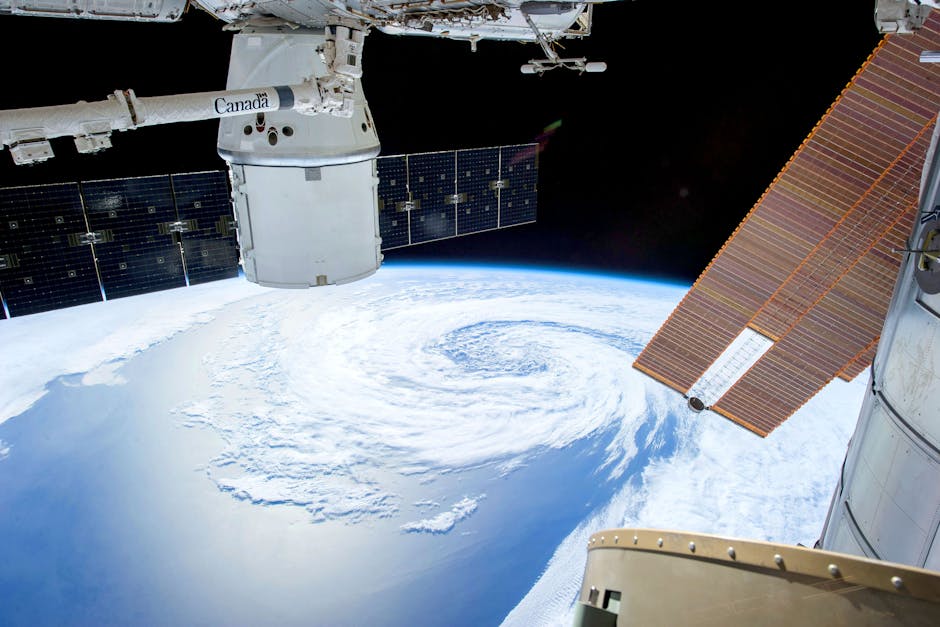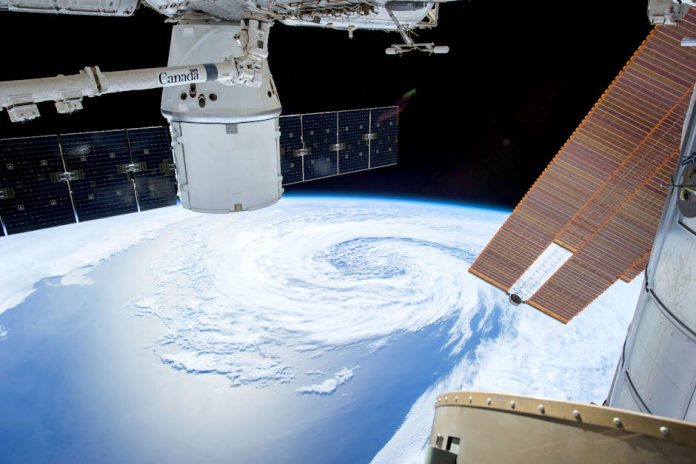
Every day, millions of us check the weather. We decide what to wear, plan our weekends, and brace for storms based on the forecasts we see on our phones and TVs. But what if that forecast was suddenly less reliable? A critical, behind-the-scenes decision by the Department of Defense is threatening to create a major blind spot in our ability to see the weather coming.
The U.S. Space Force has announced it will stop providing civilian and international forecasters with data from its long-running Defense Meteorological Satellite Program (DMSP). For decades, these satellites have been the unsung heroes of weather prediction, providing vital information that commercial and national weather services, including the National Oceanic and Atmospheric Administration (NOAA), rely on daily.
Why This Satellite Data is Irreplaceable
You might think one satellite is much like another, but the DMSP satellites have a unique and crucial role. They circle the Earth in a polar orbit, scanning the globe from top to bottom. This gives them a one-of-a-kind perspective, especially for:
- Early Storm Detection: DMSP satellites are often the first to spot the tell-tale signs of developing tropical storms and hurricanes over vast stretches of the ocean where other monitoring is sparse.
- Polar Weather: They provide essential data on polar ice caps, sea ice, and frigid weather systems that have a cascading effect on global weather patterns.
- Filling the Gaps: Their data fills critical gaps in the morning and evening, times when other government satellites aren’t in the ideal position to provide a complete picture.
Losing this data is like a doctor suddenly losing the ability to order an X-ray. While other diagnostic tools exist, a fundamental and often essential view of the situation is gone. Meteorologists warn this could lead to a “data gap” – a period where forecasts are less accurate and warnings for severe weather could be delayed.
What’s at Stake?
The consequences of this decision could ripple through our daily lives and critical industries. A less accurate forecast isn’t just an inconvenience; it can have serious implications for public safety, aviation, shipping, and agriculture. A hurricane that isn’t spotted as early could mean less time for coastal communities to evacuate. A poorly predicted winter storm could snarl supply chains and ground flights without adequate warning.
The Defense Department states that its aging DMSP satellites are at the end of their life and that newer military systems are taking priority. While NOAA is working to launch its own next-generation polar-orbiting satellites, experts are concerned about the timing. Will the new systems be fully online and integrated before the loss of DMSP data degrades the forecasts we all depend on?
For now, the science of weather forecasting faces a new challenge. The sky is about to have a blind spot, and the world will be watching to see just how much it affects the predictions we trust to keep us safe and informed.

